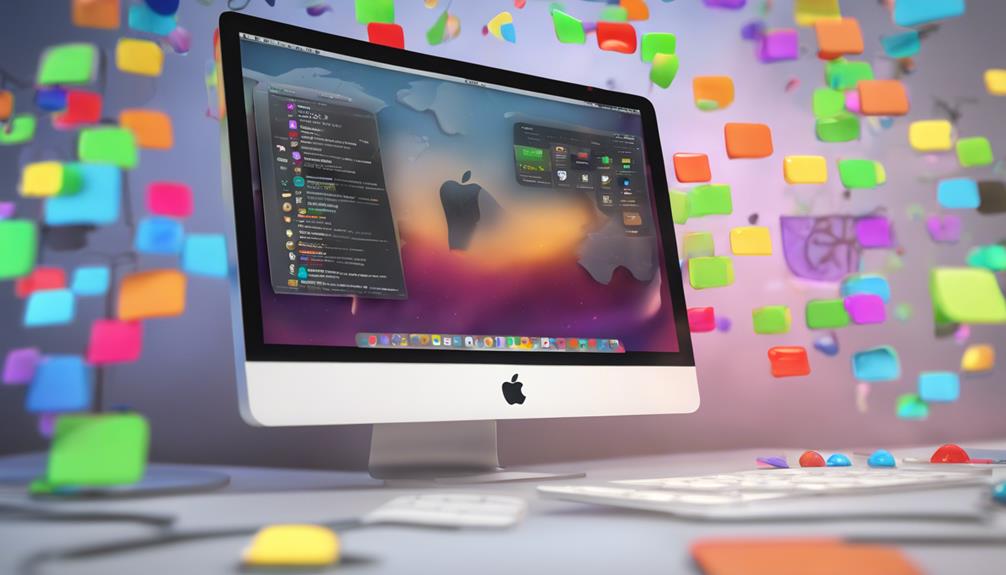You can easily stop apps from opening at startup on your Mac by managing your Login Items. Click the Apple menu and select 'System Preferences,' then navigate to 'Users & Groups.' Tap the 'Login Items' tab to see which apps launch automatically. Select unwanted apps and hit the minus (-) button to remove them. This helps boost performance and clear workspace clutter. If you want more control, consider exploring Terminal commands or third-party tools designed for this purpose. You'll be surprised at how a few tweaks can markedly enhance your Mac's startup experience.
Key Takeaways
- Access 'System Preferences' > 'Users & Groups' to manage and remove unwanted login items from startup.
- Use Terminal commands to list and remove startup applications for advanced control.
- Disable unnecessary launch agents by navigating to the Library and removing related .plist files.
- Check individual app settings to disable options that cause them to open at startup.
Understanding Startup Items
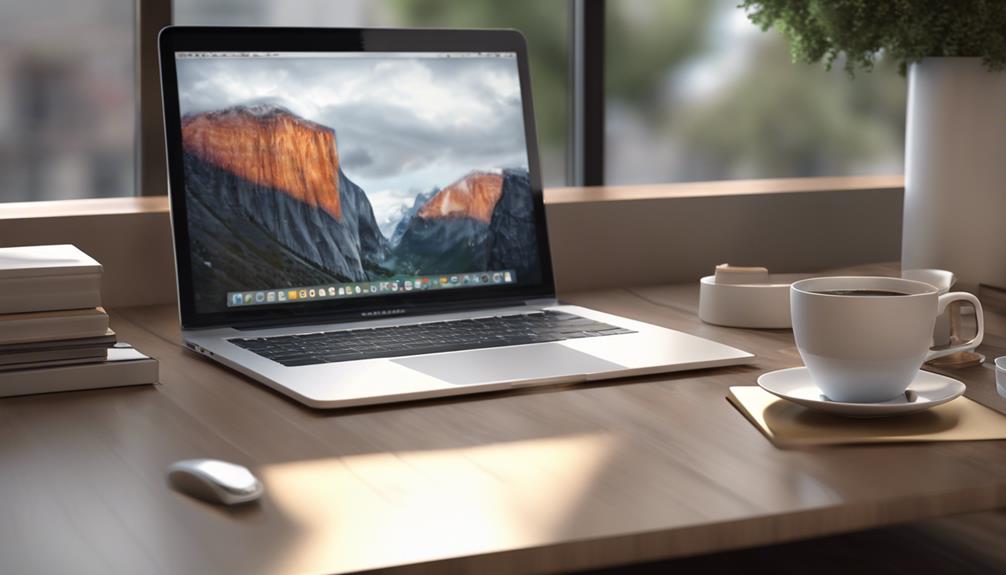
When you start your Mac, certain apps automatically launch, and understanding these startup items can help you take control of your computer's performance.
The apps that open during startup can greatly impact your Mac's speed and responsiveness, which is essential for a smooth experience. By analyzing the startup implications of each app, you can make informed decisions about what you really need running right away.
Some apps, like messaging or cloud storage tools, might be fundamental for your daily tasks. However, others may slow down your system or clutter your workspace with unnecessary notifications.
App behavior varies widely, so it's important to get a handle on what each app does when it launches. You might find that some apps are merely convenient but not critical, while others could be draining your system's resources.
Accessing System Preferences
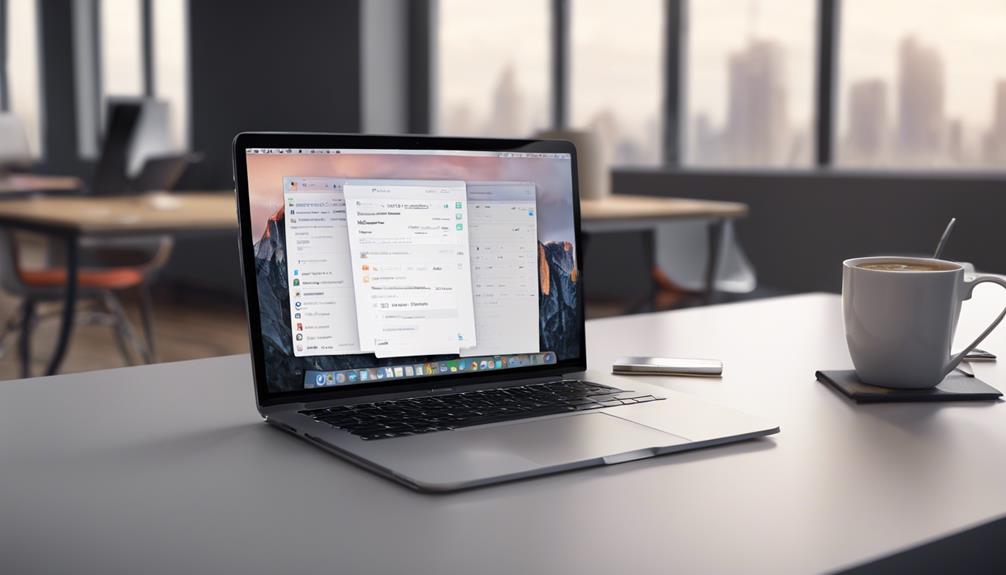
Accessing System Preferences is your first step to managing which apps launch at startup on your Mac. To begin, click the Apple menu in the top-left corner of your screen and select 'System Preferences.' This is where you'll find all your system settings neatly organized for easy navigation.
Once you're in System Preferences, look for 'Users & Groups.' Click on it to access your user accounts. Here, you'll see the list of users on your Mac, including your own. Click on your account name to verify you're modifying the right settings.
This area is essential because it gives you control over what happens when you log in. You'll find options that allow you to manage your user experience right from the start. By familiarizing yourself with these settings, you're taking a significant step toward a smoother, more personalized Mac experience.
Don't worry if it feels a bit overwhelming at first—everyone starts somewhere. With just a few clicks in System Preferences, you'll be well on your way to customizing your startup routine.
Managing Login Items
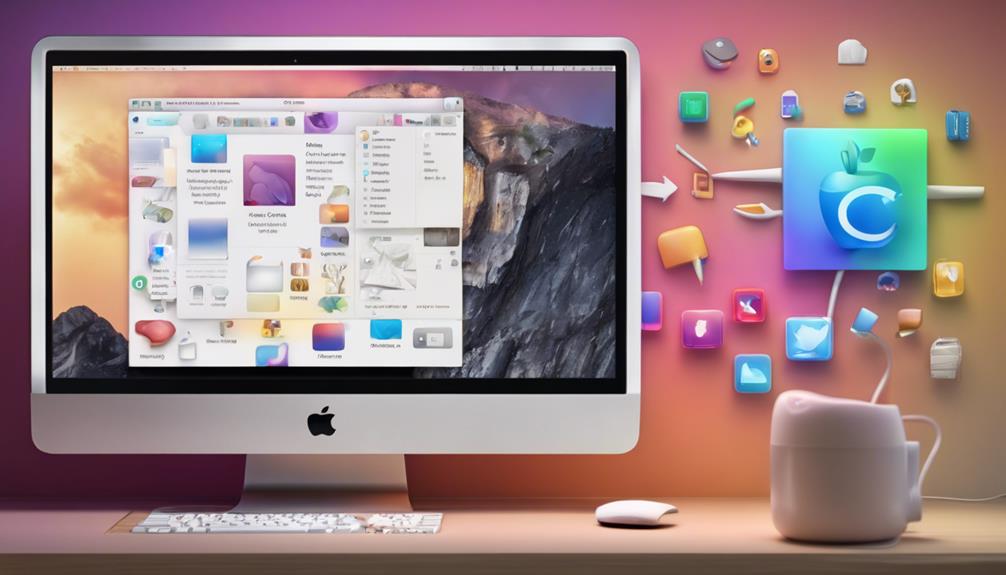
Now that you're in the Users & Groups section, it's time to manage your login items and decide which apps you want to open automatically when you start your Mac. Effective login item management can greatly enhance your Mac's performance and speed. Here's how to optimize your app startup:
- Identify Essential Apps: Think about which applications you genuinely need to launch at startup. Consider productivity tools or communication apps that help you start your day smoothly.
- Access Login Items: Click on the 'Login Items' tab. You'll see a list of apps currently set to open when you log in.
- Add New Apps: If there's an app you want to add, click the '+' button, navigate to the app, and select it.
- Remove Unwanted Apps: For apps you don't need, select them from the list and click the '-' button to remove them.
Removing Unwanted Apps

If you've got apps that slow down your startup, it's time to remove them from your login items. Every second counts when you're enthusiastic to plunge into your work, and those unwanted apps can seriously drag down your app performance.
Start by going to System Preferences, then click on Users & Groups. Select your user account, and you'll see the Login Items tab. Here, you'll find a list of apps that launch at startup.
Identify the ones you don't need right away. Highlight the app you want to remove and hit the minus (-) button. It's that simple!
Removing these unnecessary apps not only boosts your startup efficiency but also clears your workspace, so you can focus on what matters.
Using Terminal Commands

Using Terminal commands can give you more control over which apps launch at startup, allowing for a streamlined experience right from the moment you power on your Mac. If you're comfortable with a bit of typing, these macOS tips will help you manage your startup applications effectively.
Here's a quick guide to using Terminal commands for this purpose:
- Open Terminal: You can find it in Applications > Utilities or by searching in Spotlight.
- List Startup Items: Type `osascript -e 'tell application "System Events" to get the name of every login item'` and hit Enter. This shows you the apps currently set to launch at startup.
- Remove an App: Type `osascript -e 'tell application "System Events" to delete login item "AppName"'`, replacing 'AppName' with the name of the app you want to remove.
- Close Terminal: After you've made your changes, type `exit` and hit Enter to close it.
Using these terminal commands not only simplifies your startup process but also fosters a sense of control over your Mac experience. Enjoy your streamlined setup!
Checking App Preferences

To keep your Mac running smoothly, it's essential to check the preferences of individual apps that might be set to open at startup. Many applications have their own app settings that allow you to customize how they behave when you log in.
Start by opening each app you suspect might be launching automatically. Look for options under the 'Preferences' or 'Settings' menu, usually found in the top menu bar or by clicking on the app name.
In these user preferences, you might find an option to disable startup behavior. For instance, apps like Spotify or Skype often have a checkbox labeled “Open at login.” Unselect this option if it's checked.
If you don't see any relevant options, check the app's documentation or help section online. Some apps mightn't explicitly mention startup settings, but their support pages can guide you.
Disabling Launch Agents
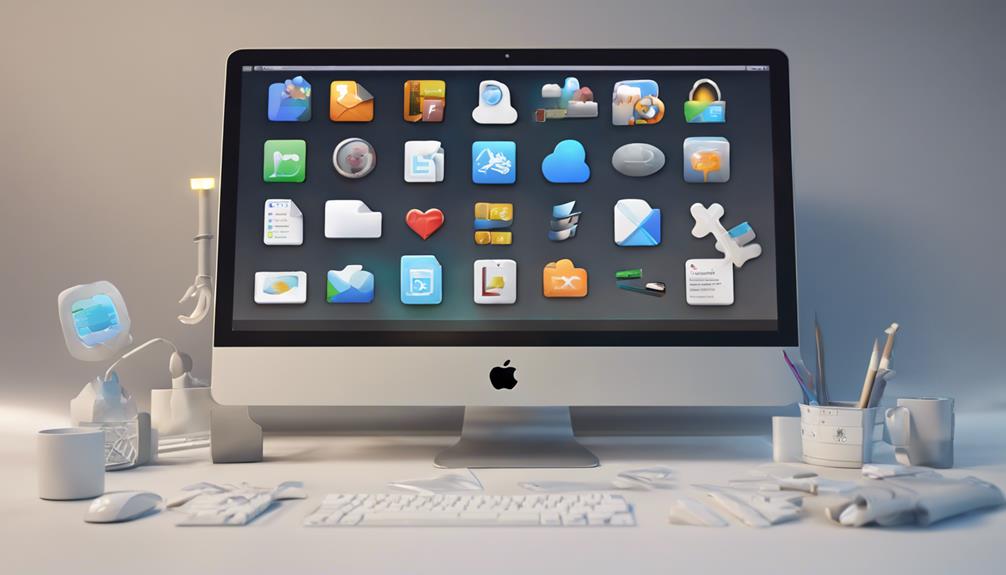
Disabling launch agents can greatly reduce the number of apps that open automatically when you start your Mac. These agents can slow down your system performance and clutter your startup experience. By practicing effective launch agent management, you'll enhance your Mac's efficiency and enjoy a smoother start-up.
Here's how to disable launch agents:
- Open Finder: Click on the Finder icon in your Dock.
- Go to Library: In the top menu, click on “Go” and hold the Option key to reveal the Library. Select it.
- Navigate to LaunchAgents: Find the “LaunchAgents” folder within the Library.
- Identify and Remove: Look for any .plist files related to apps you don't want running at startup. Move them to the Trash.
Always be careful about which launch agents you disable, as some might be necessary for essential system functions.
Resetting NVRAM/PRAM

Resetting your NVRAM/PRAM can help resolve issues with startup settings, including which apps launch automatically. NVRAM (Non-Volatile Random Access Memory) functionality stores settings like volume and display preferences, while PRAM (Parameter RAM) holds similar information. If your Mac's startup behavior seems off, a PRAM reset might just be the fix you need.
To reset your NVRAM/PRAM, start by shutting down your Mac. When you power it back on, immediately hold down the Option, Command, P, and R keys simultaneously. Keep holding them for about 20 seconds. You might hear the startup chime twice or see the Apple logo appear and disappear. Once you release the keys, your NVRAM/PRAM is reset.
After this reset, you may need to reconfigure some settings, like your display resolution or sound volume. This process can clear out glitches that affect how apps open at startup, bringing your Mac back to its intended performance.
Exploring Third-Party Tools

Many users find that third-party tools can simplify the process of managing startup apps on their Mac. If you're looking for a way to streamline your startup routine, consider these app management tools and startup optimization software options:
- CleanMyMac X: This intuitive tool not only manages startup apps but also cleans up junk files, enhancing your Mac's performance.
- AppCleaner: A lightweight option that allows you to uninstall apps and their associated files, ensuring no remnants are left behind, which can slow down startup.
- LaunchControl: This powerful software gives you granular control over startup items, letting you enable or disable apps with ease.
- MacPilot: With a wide range of features, it helps manage your startup items and provides insights into system performance.
Using these tools, you'll feel more in control of your Mac's startup process. Each option offers unique features, so explore them based on your needs.
Testing Startup Performance

Now that you've explored tools for managing startup apps, it's time to test your Mac's startup performance to see how those changes have made an impact.
To do this, restart your Mac and watch the clock. Grab a stopwatch or use your phone's timer. As soon as you hear the startup chime, start timing. Stop the timer once you reach the desktop and can interact with your applications.
Pay attention to the startup speed. If you notice a significant improvement, fantastic! You've likely reduced the application impact by disabling unnecessary apps. If things still feel sluggish, consider revisiting your startup items and removing any remaining culprits.
You can also use Activity Monitor to analyze which applications are consuming resources during startup. This insight can guide you in making further adjustments. Remember, every little tweak counts.
Testing your startup performance isn't just about speed; it's about creating a smoother experience that helps you feel more in control.
Share your results with friends or online communities; you'll find you're not alone in this quest for a faster, more efficient Mac!
Conclusion
By following these steps, you can take control of your Mac's startup process and keep it running smoothly.
Did you know that over 30% of users experience slow startup times due to unnecessary apps launching automatically?
By managing your login items and disabling unwanted apps, you can greatly enhance your Mac's performance.
Take a moment to streamline your startup; it'll save you time and frustration in the long run, making your Mac experience much more enjoyable!
